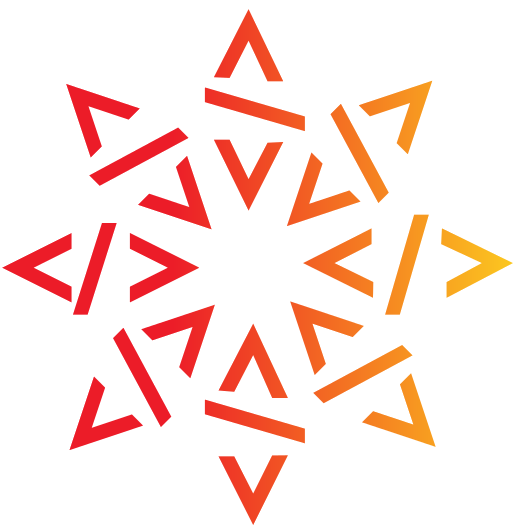Towards an open architecture of scholarly infrastructures for research software

Article update with the links to the final version of the EOSC SIRS Report published on December 7th 2020
Software is, together with articles and data, a key ingredient of academic research, in all fields, and access to the source code of computer programs is a pillar of Open Science, an important movement that wants to render accessible to all the results of public research. Supporting Open Science and reproducibility of research is part of our mission, and we are delighted to share a key report that provides a plan for the future of Scholarly Infrastructures for Research Software (SIRS) from the EOSC, an initiative to align the efforts of digital research infrastructures in Europe.
ARDC: Archive, Reference, Describe and Credit for software source code
- Archiving software that has been developed up until now to ensure research software artifacts are not lost
- Referencing software to ensure research software artifacts can be precisely identified
- Describing software to easily discover and identify research software artifacts
- Crediting properly the authors of software
In order to support Open Science, we must provide appropriate means to Archive, Reference, Describe, and Credit software source code, or ARDC in brief.
Towards an open architecture for scholarly infrastructures
The EOSC SIRS Task Force, that I had the honor to chair together with Jose Benito Gonzalez from Zenodo/CERN at the request of Jean-Francois Abramatic, chair of the EOSC Architecture Working Group, brought together members of the EOSC Architecture working group and official representatives of 9 established european infrastructures of different scope and size that are already confronted with these issues while handling (research) software: three archives, HAL, Zenodo and Software Heritage, three Open Access publishers, Dagstuhl, eLife and IPOL, and three aggregators, OpenAire, ScanR and swMath.
While we subscribe to the general statement that all research output should be “as open as possible, as closed as necessary”, we believe that to fully achieve the potential of Open Science, all research software should be made available under an Open Source license by default, and all deviations from this default practice should be properly motivated. We recommend including this clause in all future research funding programs.
Connecting stakeholders
Our mission at Software Heritage is to build the universal source code archive catering to the needs of all of society, and we are delighted to help connecting academia, industry, public administration and all other stakeholders, providing them with a common infrastructure on which to develop their specific applications, leveraging the SWHID intrinsic identifiers, and the many other functionalities offered by the Software Heritage archive.
